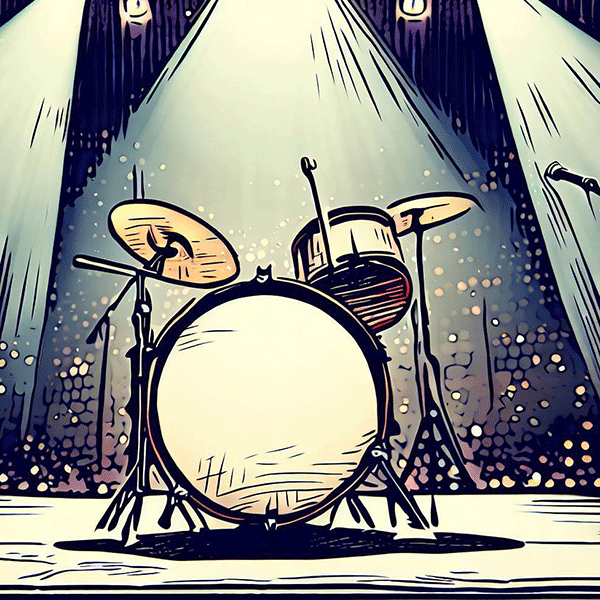What Are Sound Waves?
Sound waves are like invisible ripples that are created by things that vibrate (or move back-and-forth really fast). When something vibrates, it pushes and pulls on the air around it, making areas of high and low pressure. These areas move out in all directions, and when they reach our ears, we hear them as sound!
How Do Sound Waves Move?
Sound waves travel by making atoms and molecules shake or vibrate. They can move through solids, liquids, and gases. For example, when you hit a drum, it makes the drum’s surface vibrate. These vibrations move through the air as sound waves.
When these waves get to our ears, they make our eardrums vibrate too. Our ears turn these vibrations into electrical signals, which our brain understands as sound.
How Fast Do Sound Waves Travel?
Sound waves can be speedy, but their speed depends on what they’re moving through. Usually, they travel fastest through solids, a bit slower through liquids, and slowest through gases. That’s why you see lightning before you hear thunder – light travels faster than sound!
Frequency, Amplitude, and Pitch – What Do They Mean?
- Frequency: This is how many times a sound wave vibrates in one second. It’s measured in Hertz (Hz). High-frequency sounds vibrate a lot each second and have a high pitch, like a bird chirping. Low-frequency sounds don’t vibrate as much and have a low pitch, like the rumble of thunder.
- Amplitude: This is how tall a sound wave is. It tells us how much energy the wave has and decides how loud the sound is. Taller waves (higher amplitude) make louder sounds, while shorter waves (lower amplitude) make softer sounds.
- Pitch: This is how high or low a sound seems to us. It’s decided by the frequency of the sound wave. Higher frequencies make a high pitch (like a whistle), and lower frequencies make a low pitch (like a drum).
Understanding sound waves isn’t just cool – it’s also important for things like playing music, building bridges, treating illnesses, and lots more. So next time you listen to your favorite song or hear a car honk, remember – you’re hearing the magic of sound waves!
